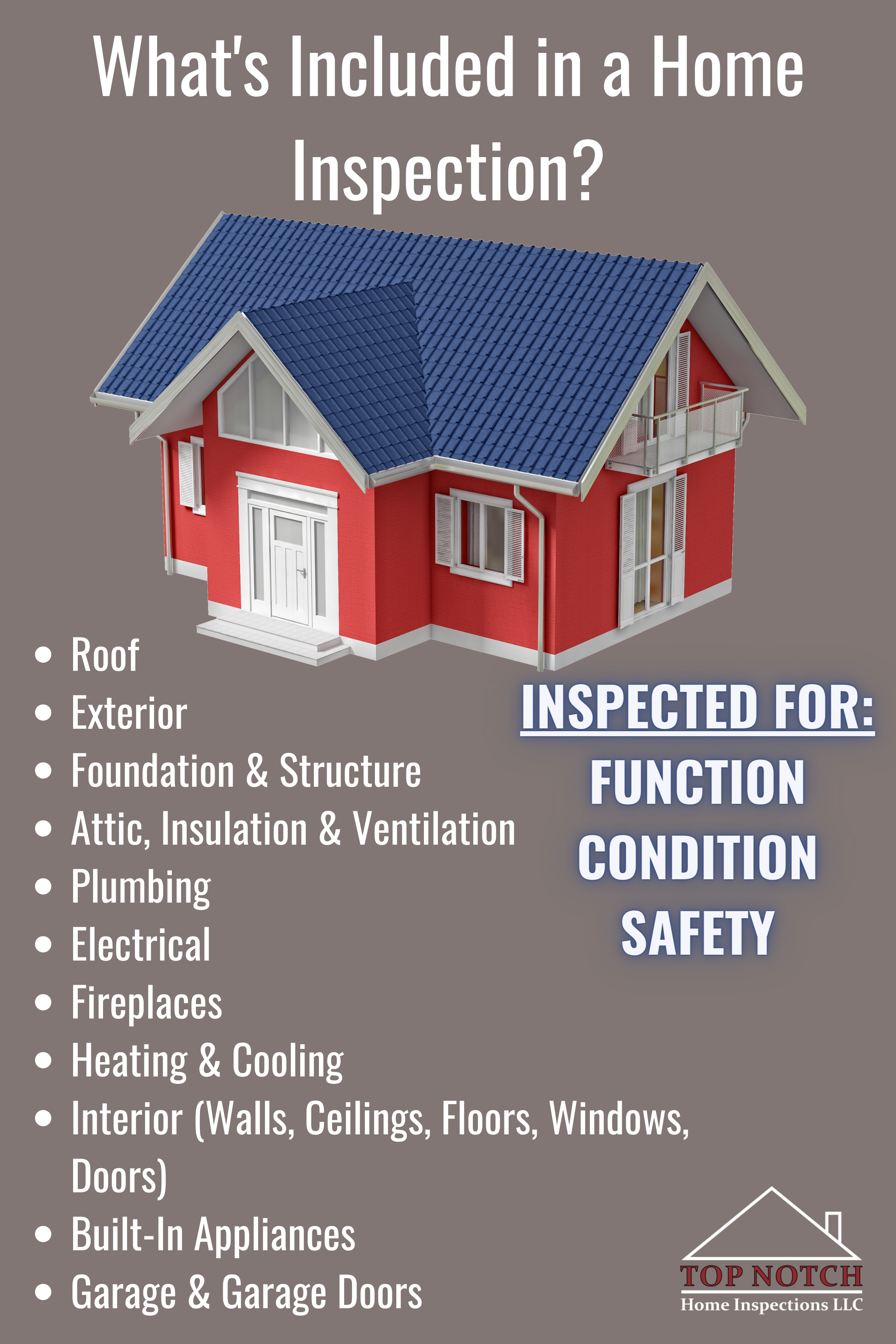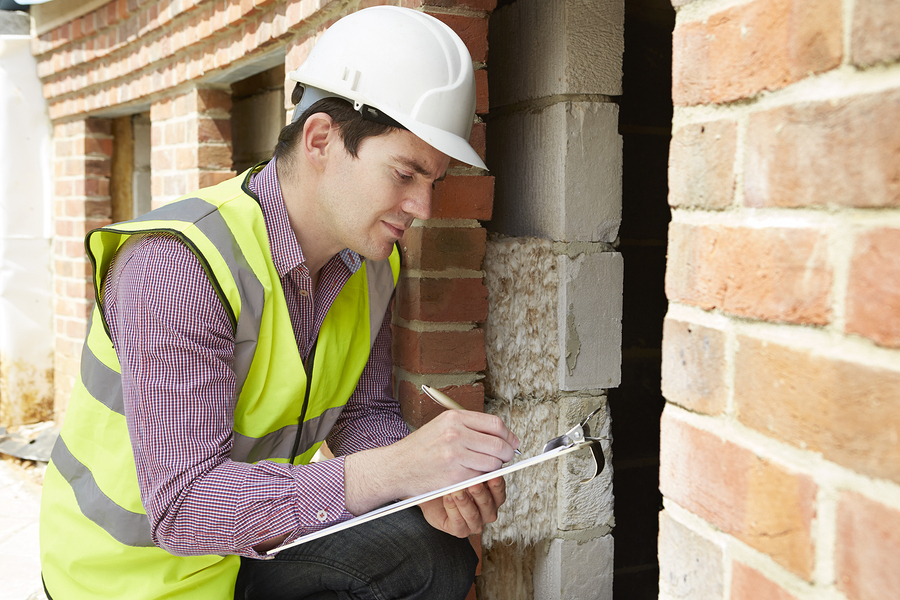Home inspections that uncover hidden defects before closing a real estate deal
Home inspections that uncover hidden defects before closing a real estate deal
Blog Article
What Is Included in an Extensive Residential Property Evaluation Refine?
A thorough property examination process is vital for protecting investments and making certain security. It encompasses a thorough assessment of architectural stability, electric systems, plumbing, and Cooling and heating devices, among various other critical elements. What, after that, are the most vital aspects that can make or damage a home analysis?
Summary of Property Evaluation

The evaluation includes a number of essential locations, including the exterior and indoor components, systems such as pipes and electrical, and any kind of visible architectural components (Phoenix property inspections). Throughout the process, the inspector documents the problem of these elements, trying to find signs of wear, damage, or possible risks
A thorough residential property inspection not only aids potential customers make informed choices however additionally assists present proprietors in recognizing necessary repair services or upkeep tasks. By offering an in-depth record of findings, the assessment makes it possible for stakeholders to prioritize issues that may need prompt focus or could impact future financial investment.
In addition, an effective inspection process complies with established market criteria and standards, ensuring a consistent and reputable analysis. Overall, the residential property examination procedure is an essential tool in property transactions, advertising openness and safeguarding both buyer and vendor passions.
Architectural Examination

During the assessment, specialists analyze various components, including the foundation, framing, walls, and roofing systems. They seek signs of changing or resolving, such as cracks in wall surfaces or uneven floorings, which can symbolize underlying problems. The assessment likewise includes taking a look at the top quality of building and construction products and methods utilized, guaranteeing compliance with building codes and criteria.
In addition, assessors might inspect for indications of wetness intrusion, which can cause timber rot and mold and mildew, more compromising architectural honesty. They additionally assess load-bearing aspects to ensure they can effectively support the weight of the building and its materials.
Inevitably, a detailed architectural evaluation gives vital insights for potential buyers and home owners, enabling them to make enlightened decisions pertaining to residential property investments and needed maintenance. By determining architectural issues early, proprietors can address problems proactively, maintaining the long-lasting worth and safety of the home.
Electrical System Evaluation
A reliable electrical system evaluation is critical in the home examination process, as it examines the safety, performance, and compliance of a structure's electric infrastructure - Best home inspections. This assessment commonly encompasses a complete examination of the main electrical panel, circuit breakers, and electrical wiring systems. Assessors look for find this signs of wear, corrosion, or damage that may jeopardize security
The examination consists of screening for ample grounding and bonding, ensuring that the electrical system is correctly connected to stop electrical shock or fire risks. Assessors additionally analyze the ability of the electric system to take care of the existing lots, recognizing any prospective overloading issues that could lead to failures or outages.
Additionally, the assessment checks for the visibility of GFCI (Ground Mistake Circuit Interrupter) and AFCI (Arc Mistake Circuit Interrupter) gadgets in suitable locations, which are essential for shielding versus electrical shocks and avoiding fires. Compliance with neighborhood building regulations and guidelines is also validated to make certain that any kind of setups or modifications fulfill safety and security criteria.

Plumbing and Cooling And Heating Checks
Following the electrical system assessment, the plumbing and heating and cooling checks are important parts of the property evaluation process. These assessments guarantee that the vital systems of the building are operating effectively and securely, therefore shielding the financial investment and health of the passengers.
Throughout plumbing inspections, professionals analyze the problem of pipelines, fixtures, and drain systems. They look for leakages, deterioration, and any kind of indicators of water damage that could indicate bigger concerns. The effectiveness of hot water heater is additionally evaluated to ensure they satisfy present requirements and offer ample warm water supply.
Assessors will review the operational effectiveness of these systems, ensuring that they maintain a comfortable interior environment. In Recommended Reading addition, the inspector will look for any kind of signs of wear or prospective safety and security hazards, such as carbon monoxide leakages in heating systems.
Outside and Interior Inspections
Exterior and indoor inspections are essential elements of the residential or commercial property inspection process, giving an extensive introduction of a property's problem. The exterior assessment entails reviewing architectural aspects such as the roofing, home siding, structure, and home windows. Assessors look for signs of wear, damage, or prospective dangers, consisting of water breach, mold and mildew growth, and pest infestations. They likewise evaluate the surrounding landscape, making sure appropriate drain and determining any type of trees or plant life that might intimidate the property.
The indoor assessment concentrates on the problem of living rooms, including walls, floor covering, and ceilings. Examiners analyze the functionality of appliances, home windows, and doors, while also looking for indications of moisture or architectural problems. Electric systems, plumbing components, and cooling and heating systems are scrutinized to ensure they remain in working order, certified with building regulations, and free from security hazards.
Both assessments culminate in an in-depth record that highlights important findings and index referrals for repairs or more evaluations. This double approach guarantees that possible buyers or proprietors are completely informed regarding the property's staminas and weak points, allowing them to make well-informed decisions.
Verdict
Finally, a detailed property evaluation procedure incorporates a substantial analysis of structural integrity, electrical systems, plumbing, and cooling and heating units, alongside in-depth outside and indoor examinations - Best home inspections. By methodically assessing each crucial element, possible safety and security hazards and conformity with sector standards and local building ordinance can be identified. The resultant detailed record functions as a vital resource, empowering buyers and homeowners to make informed choices pertaining to home financial investments and upkeep, eventually improving safety and worth
A thorough property evaluation process is vital for ensuring and protecting investments safety and security.Throughout the evaluation, professionals analyze different components, consisting of the structure, framework, walls, and roof systems.A reliable electric system assessment is critical in the building examination process, as it examines the security, functionality, and conformity of a building's electric infrastructure.Outside and interior examinations are vital aspects of the residential or commercial property assessment process, supplying a thorough overview of a property's problem.In verdict, a comprehensive residential or commercial property examination process incorporates a comprehensive analysis of structural honesty, electrical systems, plumbing, and HVAC systems, along with comprehensive outside and indoor inspections.
Report this page